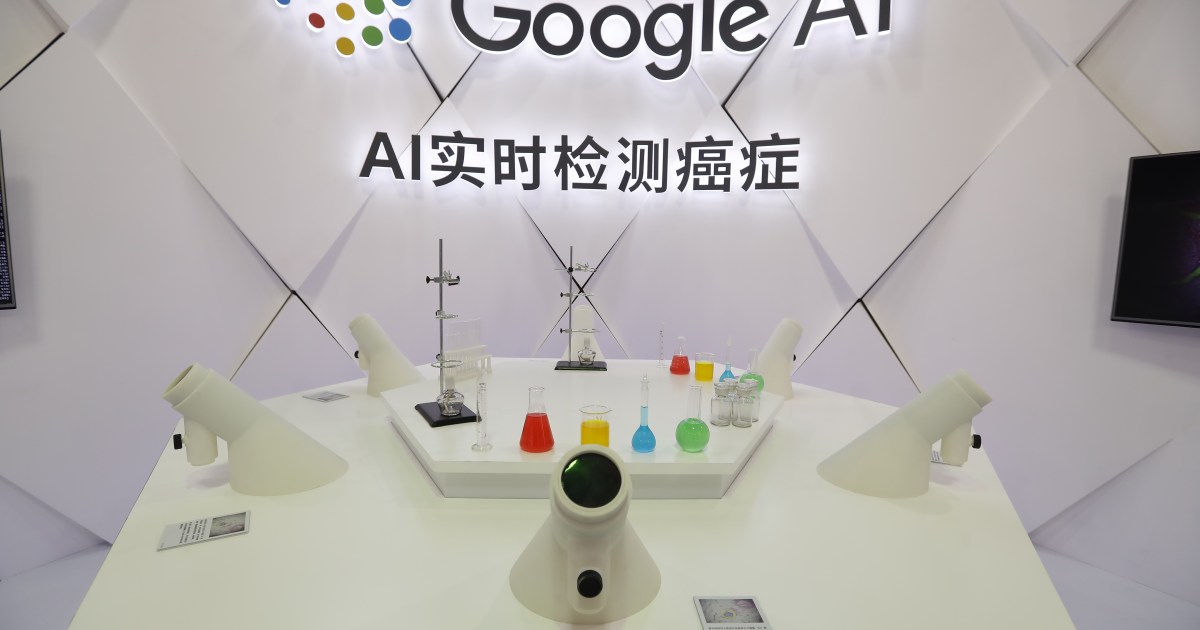Table of Contents
Productiveness advancement allows economies to boost output with out rising inputs and is a critical driver of economic progress and of income per capita. On the other hand, productivity growth has been slowing in new a long time, depressing financial development. This could possibly appear paradoxical given the rapidly development in technological development and the distribute of digital technologies.
Firms’ assorted performances throughout this time period of electronic transformation aid clarify this puzzling paradox. Even though companies at the world frontier of efficiency have continued to improve their productiveness steadily, the rest of the company populace has not held pace.
The efficiency hole among frontier firms and the rest has elevated (Figure 1). The hole has widened much more in sectors that rely more seriously on the use of expertise and digital technologies. These tendencies elevate troubles for the inclusiveness of economic progress in the electronic era.

Engineering DIFFUSION IS Very important FOR Financial Progress AND INCLUSIVENESS
As we explore in our chapter in “Shifting Paradigms,” examining the dynamics of technologies diffusion in the context of changes introduced by electronic transformation is essential to describing these productivity developments.
Know-how diffusion can be a gradual and gradual method, uneven throughout international locations, locations, sectors, and firms—and even in narrowly described sectors in the same nation.
Even though corporations at the global frontier of productivity have ongoing to boost their productivity steadily, the relaxation of the small business populace has not held pace.
Current OECD analyses display that the growing productivity hole in between the most successful firms and the relaxation could be a reflection of a slowdown in technological know-how diffusion. This is specially the case in the most digital- and know-how-intensive sectors. Laggard corporations in these sectors experience higher road blocks and capture up at a slower pace.
Shifts to a digital and information economic system pose 3 new challenges for corporations. Very first is a growing significance of intangible property, these as study and advancement (R&D), software program, and other mental assets, in the output procedures. Next is an expanding purpose of tacit awareness. Third is soaring technological complexity necessitating progressively subtle complementary investments in areas this kind of as employee competencies and organizational innovation.
The need to have for complementary investments in intangibles, the non-rivalry and lower-value scalability of electronic systems, and the similar scale economies and community externalities produce and boost winner-can take-most dynamics, specifically in digital-intense sectors. These factors could enable superstar firms to thrive and acquire sizeable market shares though performing as limitations for other firms to undertake new technologies and for new players to enter the sector.
Weakening technological know-how diffusion is not only involved with raising productiveness divergence, but it also influences other socioeconomic results. It plays a part in explaining the latest declines in small business dynamism, the rise in concentration and markups in quite a few industries and international locations, and traits in labor revenue shares and wage inequality.
The polarization among foremost companies and laggards has been amplified even more by the COVID-19 pandemic. Even though there has been an acceleration of digital adoption during the pandemic, the level of adoption of digital systems and their sophistication have been extremely heterogeneous: Tech-savvy firms, frequently now additional productive and larger sized, have adopted more and far more sophisticated electronic technologies than smaller sized, considerably less tech-savvy companies. Likewise, even though teleworking has been essential to sustaining production all through the disaster, not all companies have been capable to (re)manage their actions remotely. The pandemic could, in this way, insert to the rewards of ex-ante digitally highly developed corporations. These dynamics, alongside one another with shocks to organization registrations, could amplify declines in organization dynamism, boost field concentration, and weaken levels of competition.
So, the results of the pandemic have strengthened the have to have for guidelines to raise know-how diffusion and foster conditions for broad-dependent development of firms.
General public Coverage IS Key TO BOOSTING Technologies DIFFUSION
Governments can engage in an critical function in fostering engineering diffusion. Public plan can support take away barriers to diffusion and raise firms’ absorptive potential by addressing skill and financial constraints to engineering adoption, utilizing successful investigate and innovation guidelines, regulating details access and ownership, and guaranteeing a level participating in area and a competitive atmosphere.
No single policy can foster technologies diffusion on your own. A comprehensive policy mix, contemplating the two demand from customers-aspect and provide-aspect actions, that bolsters firms’ incentives and abilities is required.
Demand from customers-side actions would elevate consciousness about new systems, develop absorptive capacity, and cut down dangers. Offer-aspect measures would foster competitors, broaden access to innovation funding, handle the new regulatory difficulties of the electronic financial system, boost knowledge generation and sharing (like by sensible mental house insurance policies), and bolster the basis of digital infrastructure and competencies.
Supporting wider technologies diffusion, in certain for tiny and youthful firms, jointly with measures to increase small business dynamism, equip staff with new expertise, and foster fair labor marketplaces would permit the achievement of economic progress that is more powerful as very well as much more inclusive and sustainable.
Synthetic INTELLIGENCE: THE Upcoming Stage
Hunting forward, attention is now concentrating more and a lot more on the future period of the digital revolution, led by synthetic intelligence (AI), and how it may perhaps impact productivity. There is considerably dialogue about the prospective of AI to be the up coming big standard-purpose technological know-how, spawning complementary improvements in a range of purposes across sectors. These may well be linked to precise software program or hardware, large data analytics, machine mastering, cyber-bodily devices, or programs embodied in robots or other artifacts, with distinct systems obtaining different qualities and talent needs.
Not long ago, there has been a potent acceleration in the quantity of AI-relevant publications—the expertise foundation of AI—combined with a significant enhance in the share of AI-similar innovations. This implies an expanding unfold of AI across countries, whilst data and analyses about its diffusion across companies and sectors are even now scant, especially over and above the United States.
Ongoing study at the OECD aims to fill this gap by analyzing the drivers and implications of AI adoption and diffusion. It ranges from measurement of AI developments, together with patents and trademarks, to the competencies essential in AI-related work opportunities. This was reviewed at a digital meeting held last yr, and the most recent research will be introduced in a forthcoming convention following thirty day period in which a concentrate will be the implications of AI adoption and diffusion for productivity and business enterprise dynamics.
Authors’ take note: the views expressed here are all those of the authors and ought to not be attributed to the OECD or its member international locations.






More Stories
Trading in the Age of AI: Friend or Foe?
Microsoft’s A.I. Financial commitment Stabilizes Its Cloud Company
Deciding the Authentic Worth of Technology Investments in Your Company